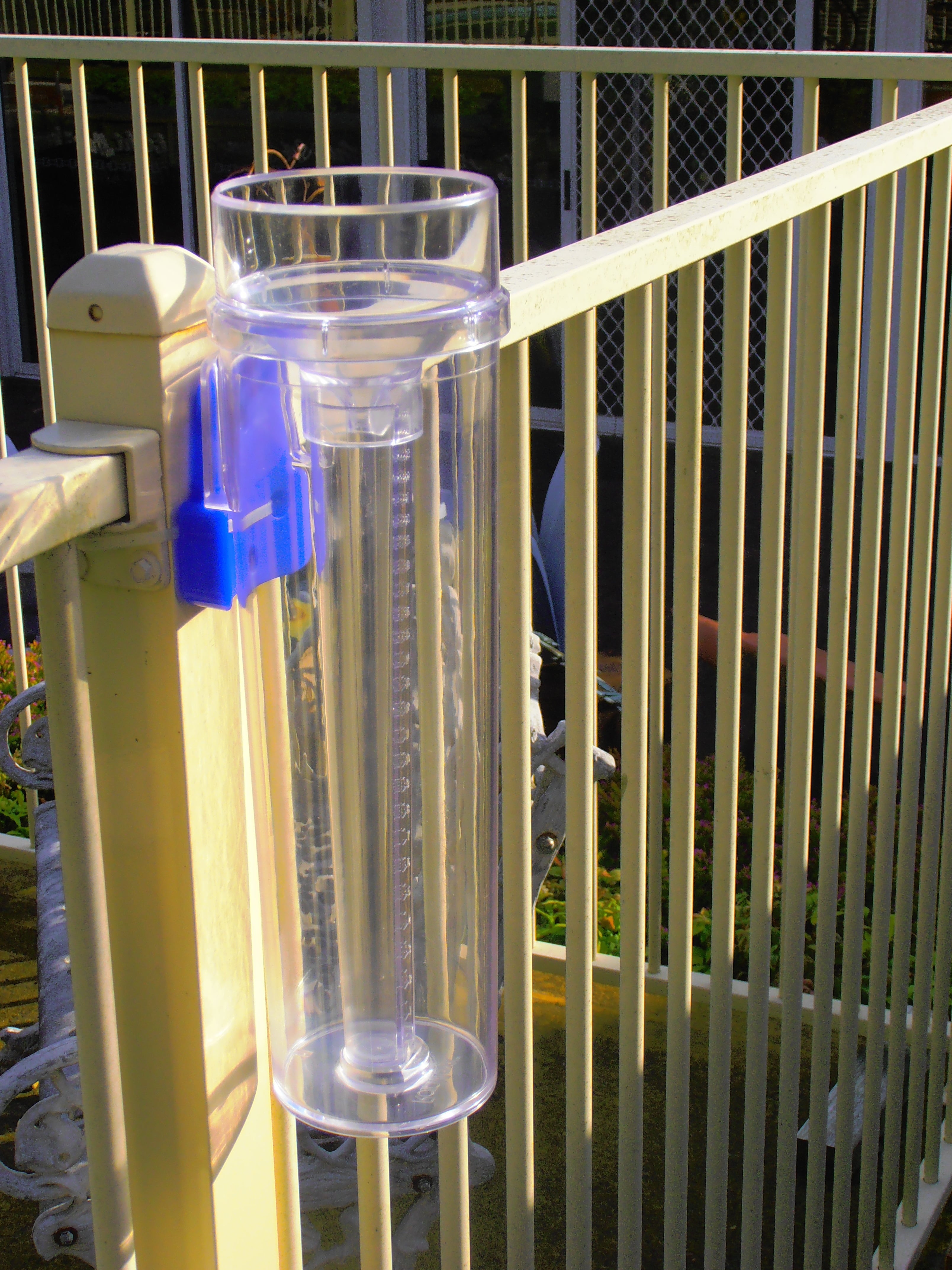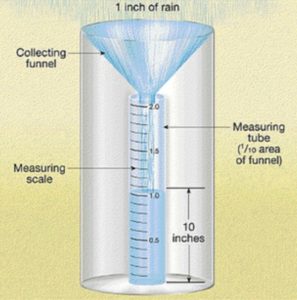Rain Gauge Acquiring Overview: What You Need to Know for Ideal Efficiency
Rain Gauge Acquiring Overview: What You Need to Know for Ideal Efficiency
Blog Article
Revealing the Scientific Research Behind Rain Determines: How These Tools Play a Vital Role in Environment Study and Environmental Surveillance
Rain assesses, apparently basic tools, hold a profound value in the realm of environment research and environmental tracking. These unassuming instruments silently gather among nature's most vital components-- rainfall. Behind their unpretentious facade exists a complicated scientific research that is vital for understanding the characteristics of our atmosphere. As we peel off back the layers of this scientific shroud surrounding rain evaluates, we reveal a globe where precision, information accuracy, and careful monitoring converge to reveal a deeper understanding of our altering climate and its impact on the planet.
Value of Rain Scales
Rain assesses play an indispensable role in monitoring and measuring precipitation degrees, giving important information for environment study and evaluation. These tools are basic in quantifying the quantity of rains that occurs in a certain location over a particular duration. By measuring and accumulating rain, rain gauges offer useful understandings right into the distribution and intensity of precipitation, assisting meteorologists, hydrologists, and climatologists in understanding weather patterns and fads.
Furthermore, lasting information accumulated from rain evaluates assists in examining climate adjustment influences and patterns, adding dramatically to scientific research and decision-making procedures. In significance, rain evaluates serve as necessary devices in the field of meteorology and ecological scientific research, playing a critical role in advancing our understanding of weather and environment characteristics.
Sorts Of Rainfall Gauges

Functionality and Procedure
In the world of environment research and atmospheric research studies, the effectiveness of rain determines lies in their elaborate functionality and exact operational devices. Rain determines are developed to accurately determine the amount of rainfall that falls over a specific location during a set duration.
The performance of rain assesses is based on the concept of gathering and measuring rain in a standard fashion. This gathered data is critical for understanding regional climate patterns, tracking long-term environment trends, and examining ecological impacts. To make sure accurate measurements, rainfall determines requirement to be tactically positioned in open areas away from blockages such as buildings or trees that might hinder the collection process.
The operational element of rainfall evaluates includes normal maintenance to protect against debris buildup, calibration checks to maintain measurement accuracy, and information recording for analysis (rain gauge). Generally, the capability and procedure of rainfall gauges are vital for collecting reliable precipitation data important to climate research study and ecological tracking
Function in Environment Research Study
Offered the essential importance of exact rainfall dimensions in understanding weather patterns and environmental impacts, the duty of rain evaluates in climate research is indispensable. Rain evaluates give essential information for read review environment research study by measuring the amount of rainfall that drops over a particular area during an offered period. This data is essential for monitoring long-term fads in precipitation patterns, analyzing the effect of climate modification on rainfall circulation, and boosting climate models.

Climate scientists use data accumulated from rainfall evaluates to evaluate variants in precipitation degrees, identify regional climate fads, and evaluate the performance of water resource monitoring techniques. By contrasting historical rainfall information with present dimensions, scientists can identify shifts in precipitation patterns, such as adjustments in the frequency or strength of rainfall events. This info is important for recognizing just how environment modification is influencing rainfall characteristics and can aid policymakers make informed decisions regarding adjustment and reduction methods.
Applications in Environmental Monitoring

In flooding forecasting, rain scale data aids to track rains intensity and circulation, allowing authorities to issue prompt cautions and take essential steps to mitigate flood risks (rain gauge). Drought surveillance counts on rain scale information to analyze dampness degrees in the dirt and track precipitation shortages, aiding in the identification of drought-prone locations and the execution of dry spell feedback methods
Moreover, rain scale data plays an important function in water resource administration by offering information on water availability and usage trends. This data is utilized to make enlightened decisions pertaining Recommended Site to water appropriation, conservation steps, and sustainable water source preparation. Furthermore, in agriculture, rain gauge information assists farmers in maximizing irrigation schedules, crop selection, and general farm management methods based on neighborhood rainfall patterns. In general, rain assesses are vital devices in environmental surveillance, supplying beneficial insights that add to informed decision-making and lasting resource administration.
Conclusion
Finally, rainfall determines are vital devices for gauging rainfall, providing beneficial data for climate study and ecological monitoring. With various types and capabilities, rainfall determines play an important duty in understanding rainfall patterns and their influence on the atmosphere. By precisely measuring rains, these devices add to the development of scientific expertise and aid in making educated decisions pertaining to water source administration and catastrophe preparedness.
Rain determines play a vital duty in tracking and gauging rainfall levels, offering vital data for climate research and evaluation. The common rainfall gauge, understood as the "tipping pail" scale, is one of the most commonly made use of devices. Ultrasonic rainfall assesses use sound waves to discover the presence of rainfall, giving real-time information on precipitation degrees.Environment researchers utilize information collected from rainfall gauges to assess variants in precipitation degrees, identify local climate fads, check and assess the efficiency of water resource management strategies.In conclusion, rain evaluates are vital tools for gauging precipitation, offering useful data for climate research study and environmental monitoring.
Report this page